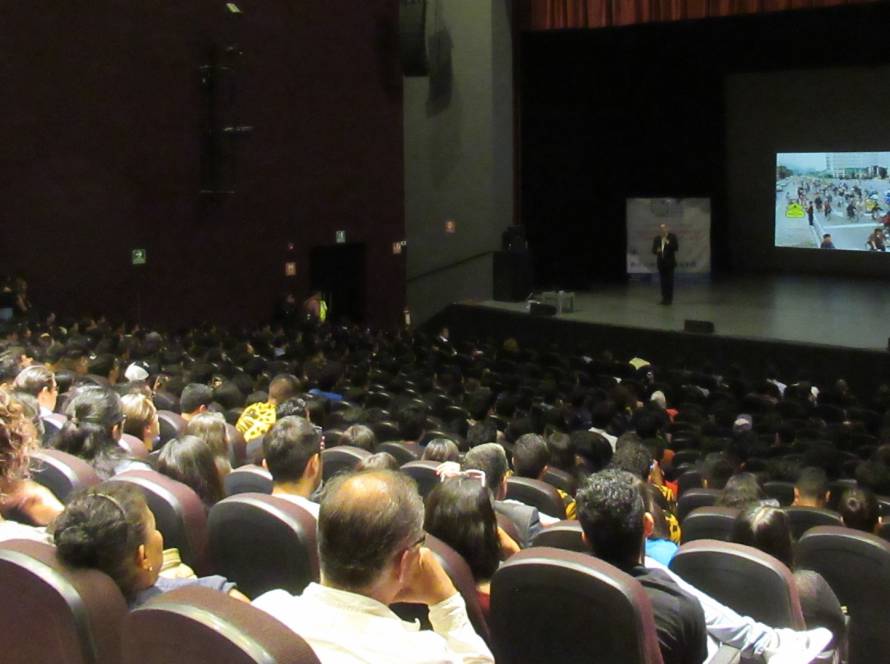Key Takeaways
- Co-governance, legal frameworks, and regulations must evolve alongside technology to leave no one behind.
- Any smart initiative must improve quality of life, equity and inclusion, not merely gather data or cut costs. All city sizes and budgets can get ‘smarter’ with high‑, low‑ or even no‑tech solutions.
Summary
- The term ‘Smart Cities’ has evolving definitions.
- It began in the late ’90s as a purely technology‑driven concept primarily used by IBM and Oracle.
- It then shifted to an efficiency-focused concept with the rise of smart parking, waste sensors, Intelligent Transport Systems, etc.
- Today, there is a shift toward a people-centred approach with technology as a tool, not an end.
- Smart solutions must nest within broader urban goals: public health, climate resilience, social justice, etc., and should be designed, funded and governed to serve the most vulnerable first.
- Many urgent urban challenges, such as elder care delivery, healthcare access in remote areas, stormwater management, etc., can be met by using technology as a tool.
- Examples of targeted tech include:
- Starship Robot Grocery Delivery (Tallinn): Public–private partnerships to deliver groceries using autonomous robots.
- Medical Suppliers Delivery Drones (Rwanda): Nationwide drone network delivering vaccines, blood, and medicines.
- Examples of low-tech fixes include:
- Singapore’s Smart Bus Stations: Making the waiting experience pleasant by adding libraries, swings, screens, etc.
- Incheon’s On‑Demand Transit Routing: Dynamic routing via rider app, no fixed route.
- Rotterdam’s Benthemplein Public Space and Stormwater Management: Multi‑use town square doubling as stormwater basin.
- Amsterdam’s Inclusive and Future Proof Sports Park: Multi-functional sports and leisure pitches designed for active movement as well as water catchment that is used during high-demand months.
- Barcelona’s Pedestrian Superblocks: Pedestrianized grids that reclaim street space for people.
- Freetown’s Tree Town: Citywide reforestation for flood‑buffering and heat mitigation.
- Examples of targeted tech include:
- The term ‘Smart Cities’ has evolving definitions.
How can Cities apply these learnings?
- Frame each ‘smart-city’ project by defining the human need (e.g. last‑mile access, social cohesion), not by defaulting to new tech.
- Pair digital tools (drones, sensors, apps) with physical interventions (tree planting, open streets, parklets) for maximum impact.
- Host workshops, hack‑a‑thons and participatory budgeting that include seniors, youth, and low‑income residents to define and refine smart pilots.
Interesting Resources:
- CitiesToBe by Avetrenti. https://www.citiestobe.com/
Ideas for further research
- Smart Cities: A Spatialised Intelligence – Book by Antoine Picon
- Smart Cities: Big Data, Civic Hackers, and the Quest for a New Utopia – Book by Anthony M. Townsend
- Against the Smart City – Book by Adam Greenfield



